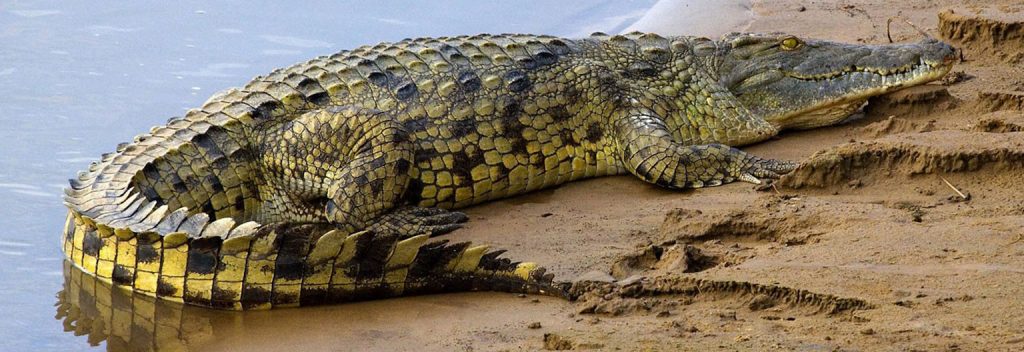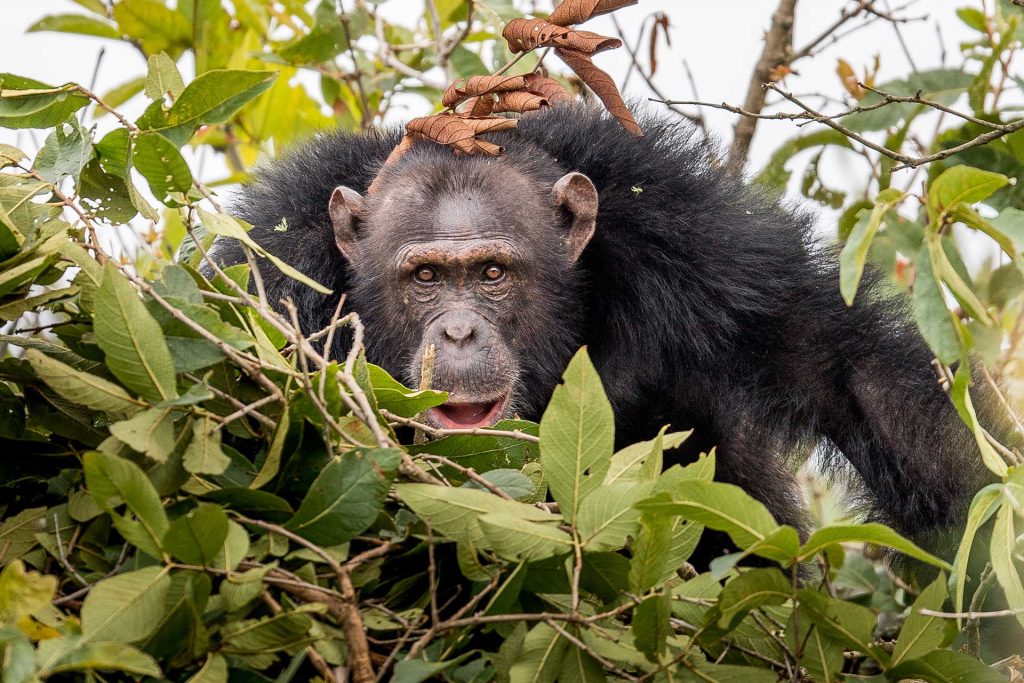
Just South-West of the world’s second biggest lake, Lake Victoria which connects Tanzania, Kenya and Uganda, lies Rubondo National Park on Rubondo Island. Overseeing the nine tinier islands, Rubondo Island serves as breeding area for fish in the area.
While ninety percent of the park consists of forest, the other ten percent includes landscapes of wide savannahs to sandy shores to swamps of papyrus by the lake. These environments make for a plethora of wildlife in Rubondo National Park. When looking to the water, you will see yellow-spotted otters catching tilapia as their primary form of nutrition or fishermen anxious to catch Nile perch. As this species of fish can weigh over 100 kilograms, this would be a great coup for any avid fisher.
Emerging from the lake onto the banks are crocodiles, who with their beady eyes, can move quickly between land and water when prey is present.
Among the many large mammals in Rubondo National Park are hippopotamuses, vervet monkeys, genet, mongooses, bushbucks and aquatic sitatunga (a breed of antelope) who are all native to the island. As the island serves a natural protection, other endangered animals, such as chimpanzees, black-and-white colobus, elephants and giraffes, have been placed into this habitat. These fauna live among tamarinds, palm trees, sycamore figs and taproots. In addition, the island boasts wild jasmine, 40 species of orchid, and other sweet smelling flora.
Overhead, you will hear fish eagles with their characteristic black, white, and brown feather pattern sing together in couples. Other immigrants to the island include African grey parrots who were brought to Rubondo National Park after being taken from illegal exporters. While the fish eagles are somewhat musical, the African grey parrots merely squawk as they flitter in the trees.

